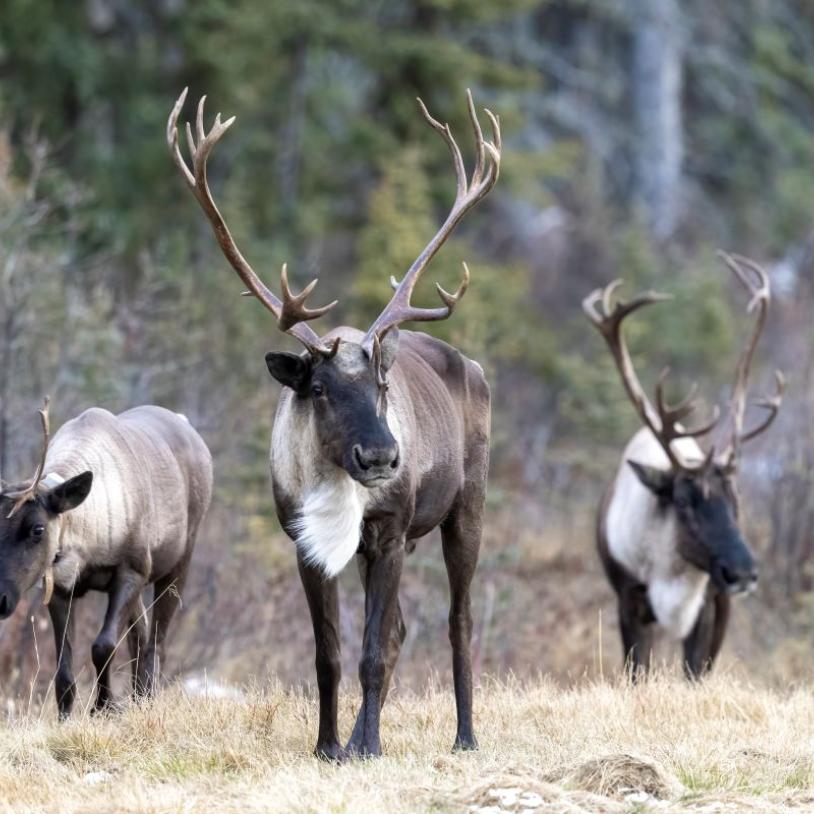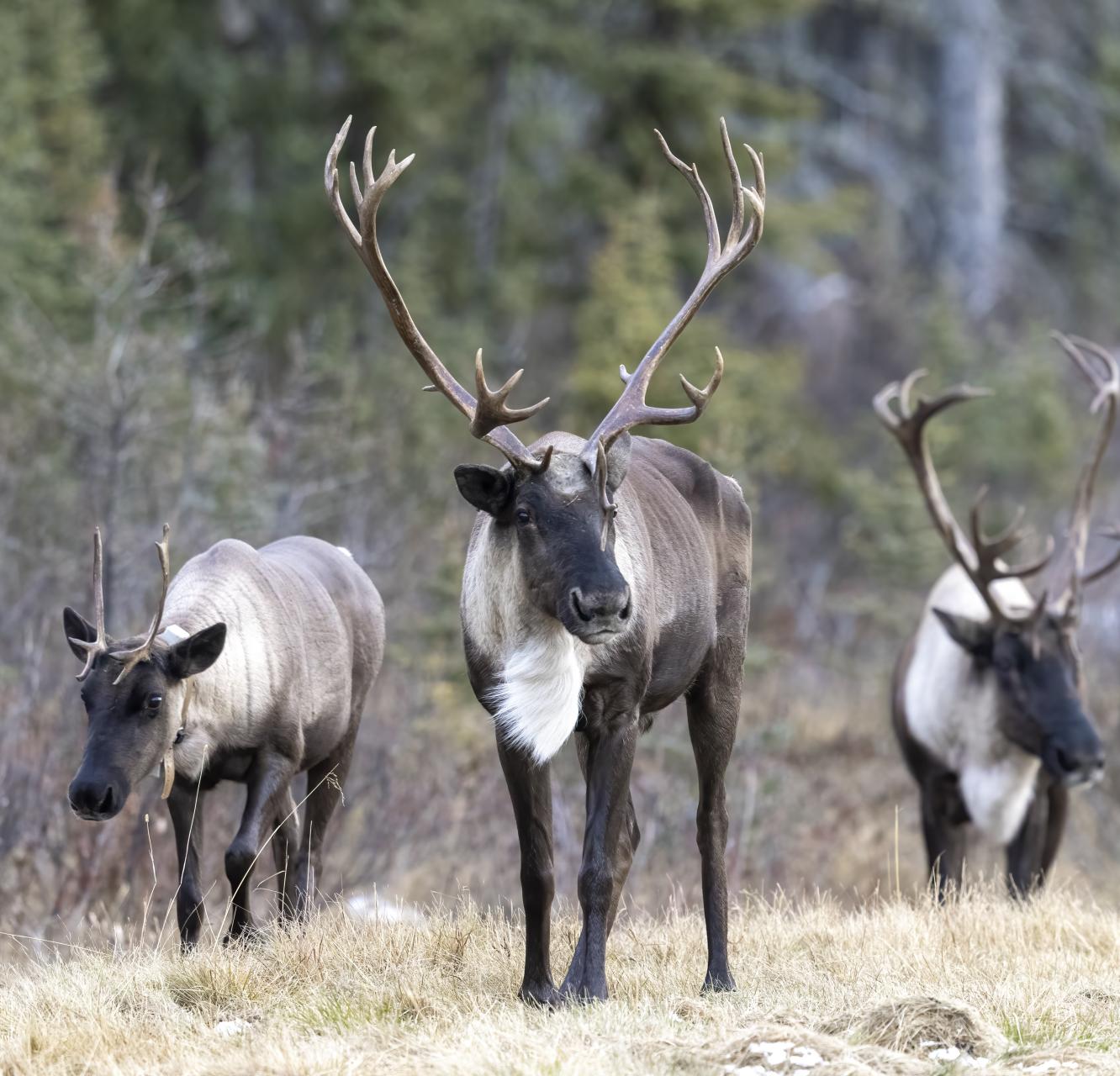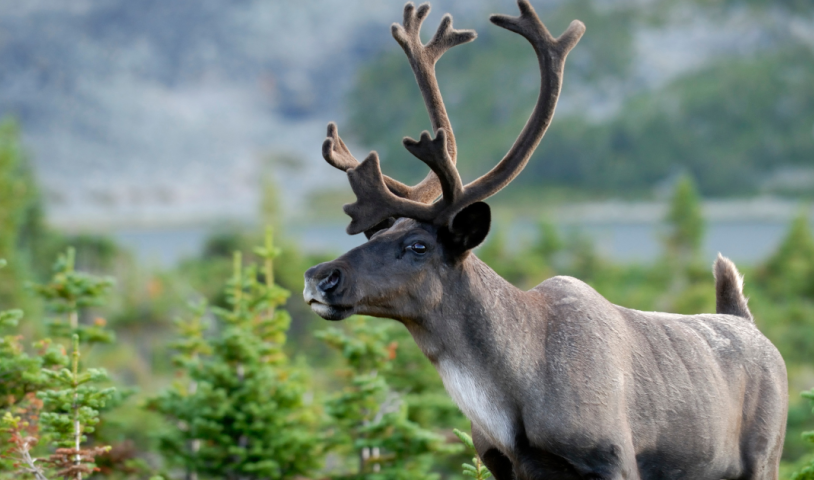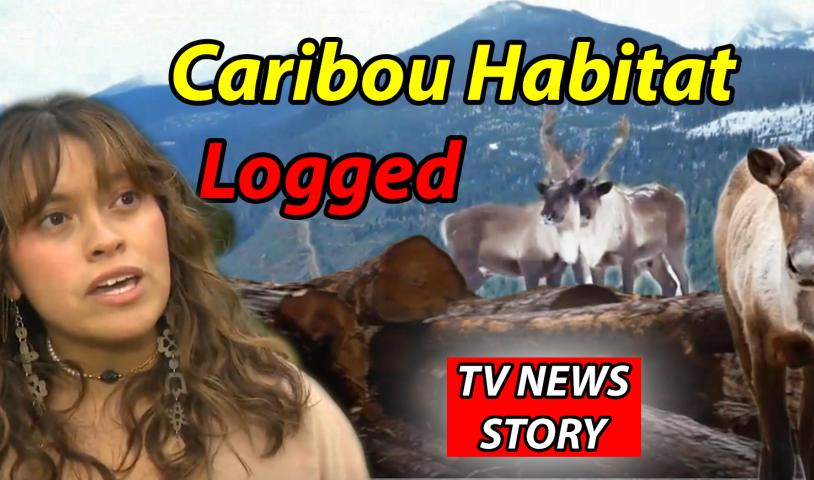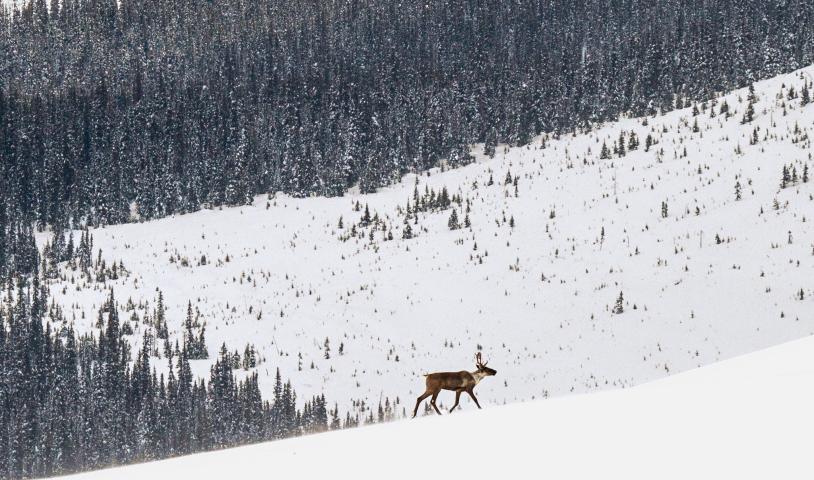New logging road network shows BC is failing at‑risk species and habitats
Wednesday, July 27, 2022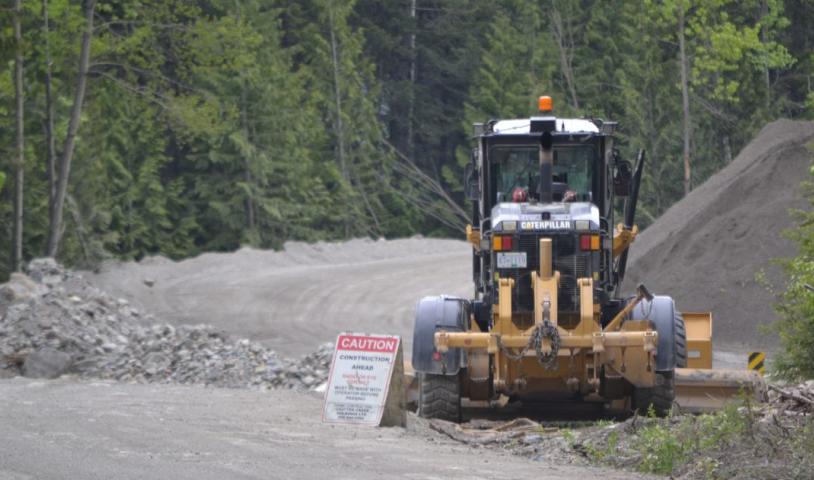
Environmental groups are worried about the long-term impacts of new road construction and more clear-cuts on the endangered caribou that live in the area. There have been multiple caribou sightings where the road is being extended, and within and right next to proposed cutblocks. These sightings have been reported to the provincial government. In total, 15 cutblocks have been approved since May that are adjacent to or overlap with the areas caribou have been seen.
"We have to change how we operate on the land. Species are dying off around us, biodiversity is in crisis and meanwhile, the government is approving projects fast-tracking extinction," - Charlotte Dawe, Wilderness Committee's Conservation and Policy Campaigner.
The Wilderness Committee and a local environmentalist are calling on the province to halt the creation of more logging roads in a remote area being used by an endangered herd of caribou.
"Multiple sightings and caribou tracks showing the caribou are all over this place should be enough evidence for the B.C. government to scrap this new sprawling road network,” said Wilderness Committee Conservation and Policy Campaigner Charlotte Dawe. “This is classic extinction-causing business-as-usual where harmful projects are rushed through and species at risk aren't given a second thought."
The Wilderness Committee points out that since the federal law does not go far enough to protect species at risk on non-federal land, the responsibility falls on the province. But B.C. does not have a stand-alone law to fill in the policy gaps to protect species on provincial land. This means that projects are consistently being approved that harm the species and the habitat they’re using.
“We’re in an age of mass extinction. We need to be proactive and have protections in place to safeguard areas being occupied by endangered wildlife,” said Dawe. "We have to change how we operate on the land. Species are dying off around us, biodiversity is in crisis and meanwhile, the government is approving projects fast-tracking extinction."
Despite the remoteness of this area, a new bridge was put in just last year, which will have dire consequences for the at-risk Columbia North herd of caribou, and for other species too.
“The new road will effectively connect this habitat into a road network that will increase accessibility to humans and predators,” explains Sadie Parr, an advocate for ending B.C.’s aerial gunning of wolves who is also part of a local movement, “Stand With Us,” to preserve the inland Temperate rainforest.
Fragmented habitat caused by roads mean caribou can no longer use the strategies they used for millennia to avoid predators. This is one reason caribou require more intact habitat and fewer roads, as stated repeatedly on the provincial caribou website.
To protect the caribou herds here, the province has taken invasive, expensive and controversial practices including aerial gunning of wolves, hound hunting of cougars, liberalized hunting of moose and deer and maternal penning — a temporary seasonal enclosure for pregnant and newborn caribou. Meanwhile, there are no new habitat protection measures in place for the southern group.
“How is it that the province can do all of this and yet still be destroying and impoverishing the forests that caribou depend upon?” Parr asks.
Research shows caribou populations lost twice as much habitat as they gained during a 12-year period and concludes short-term recovery actions such as predator reductions and translocations will just delay caribou extinction in the absence of well-considered habitat management.
–30–
For more information, please contact:
Charlotte Dawe | Wilderness Committee Conservation and Policy Campaigner
778 903 3992, charlotte@wildernesscommittee.org
Sadie Parr
250 272 4695, sadieparrwolfpact@gmail.com
